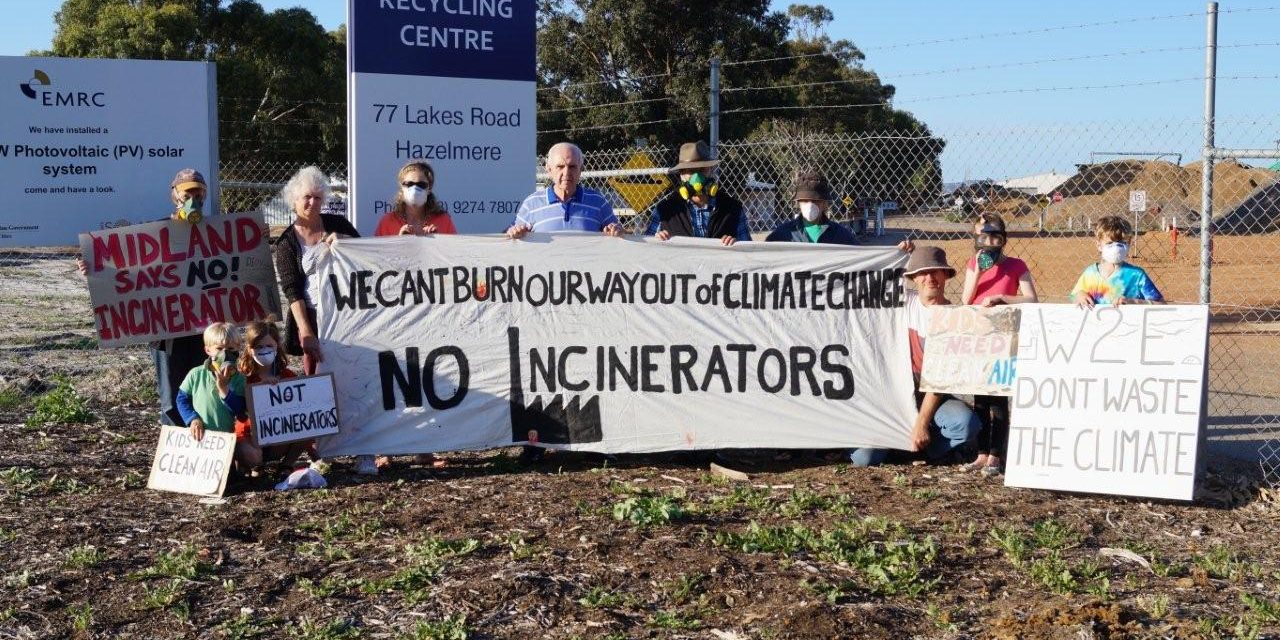National Toxics Network (NTN) today joins communities all over the world working to stop the incineration of waste for energy production and disposal. In support of the global day of action on waste incineration, NTN is releasing “10 Reasons Why Burning Waste for Energy is a Bad Idea” which explains why waste to energy incineration in all its various forms should not be part of Australia’s safe energy future.
“All incinerators (which includes gasification, pyrolysis and plasma arc technologies) are in fact a waste of energy. Due to the relatively low calorific value of waste, incinerators only make small amounts of energy while destroying large amounts of reusable materials,” said Jane Bremmer, NTN Waste campaigner.
“Burning waste for energy also drives a climate changing cycle of new resources being extracted from the earth, processed and shipped around the world, and then wasted in incinerators,” she said.
“Burning waste also pollutes people and the environment. Mercury, dioxins, lead, and other pollutants come from burning waste. In terms of climate impacts, incinerators emit more carbon dioxide (CO2) per unit of electricity than coal-fired power plants,” Ms Bremmer said.
“Energy from incinerators is not renewable. Paper and metals come from finite natural resources and plastics and tires are fossil fuels. Burning these resources creates a demand for ‘waste’ and discourages real waste management solutions”.
According to the IPCC Fourth Assessment report on Climate Change, “Waste minimization, recycling, and re-use represent an important and increasing potential for indirect reduction of GHG emissions through the conservation or raw materials, improved energy and resource efficiency and fossil fuel avoidance.”
“What’s the real solution to our waste challenge? Zero waste practices such as conservation, re-design, reuse, recycling and composting which all serve to conserve energy. A zero waste strategy creates jobs and saves money It’s an essential strategy to combat climate change,” Ms Bremmer said.
“Zero waste is an achievable goal already being successfully implemented in cities around the world in stark contrast to the primitive idea of burning waste under the pretence of producing ‘energy”, she concluded.
Read our technical report “Burning waste for energy: It doesn’t stack up” here



